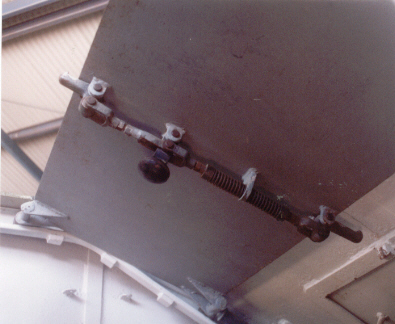
Create an Amazon Business Account

At the out break of war, Australia possessed 18 wheeled armoured cars. These were all locally produced and will be covered in the Other Armoured Cars page. The Dingo must not be confused with the British Daimler scout car with the same name these were totally different vehicles.
Picture from Melbourne Tank Museum by Gary Zimmer.The decision in 1941 to raise an Australian armoured division led to the need for a scout car to carry out reconnaissance duties. At the time delivery of suitable vehicles from Australia's Allies was very unlikely and so a vehicle was designed from scratch with the idea of using as many locally produced parts as possible. The pilot vehicle was built at Ford Motor plant at Geelong, and was ready by late 1941 and sent for testing. This brought up several problems with lack of ventilation and the weakness of the front axle being the biggest problems. The weak front axle was to remain a problem throughout its production life even after some counter measures had been put into action. The counter measures were welding steel plates to the axles inboard of the steering knuckles.
Production started soon after and the Dingos were sent to the units to serve as liaison and reconnaissance vehicles, with the newly created Australian Armoured Divisions.
These vehicles became obsolete as Australia, in the Pacific theatre of the war, had no requirement for this type of vehicle.Service life tended to show up several other problems with the Dingo including the lack of height adjustment for the driver, which meant that some of the drivers had a very limited view of the road ahead.
Several modifications came about during the production of the Dingo. Including adding handles to the engine cover, drainage holes in the air cleaning protection box, fitting of a radiator protection guard, modified aerial mounts, changing of the gear lever by bending it backwards to make it more comfortable for the driver, Adding shock absorbers. Finally new curved mud guards instead of the flat plate type of the early production vehicle.The Dingo was produced using a Ford 30 cwt commercial chassis, with a shortend wheel base of 110 inches. A Ford V8 side valve petrol engine was the power house for the Dingo. 2x21 gallon fuel tanks were at the rear of the Dingo, and shaped to fit the slope. Armour was made from flat plate and on the engine compartment had 30mm plate while the sides had 10mm plate.
The crew compartment was made of 30mm plate on the front and 10mm on the sides. The driver was seated on the right and gunner-radio operator on the left. Two vision ports and a weapon port for the BREN gun on the front plate.
Entry was by the side doors and a roof hatch was available as an observation or signalling port. It may also have been used as an escape hatch being 39 inches by 16 inches. This hatch was unusual as it was of a sliding design. It opened by sliding backwards on the inside of the vehicle.
Picture from Melbourne Tank Museum by Gary Zimmer.The rear of the vehicle had a port for the driver to see through while reversing and the fuel filler caps. Also a cover for maintenance of the fuel tanks. The tools were fitted to the outside of the vehicle.
Picture from Melbourne Tank Museum by Gary Zimmer.

Photo from Gary Zimmer taken at Puckapunyal. I only know of two of these vehicles still remaining. One at the Australian Armour Museum Puckapunyal, and the other at the Melbourne tank Museum. The all green vehicle is at Melbourne Tank Museum and the Camouflaged vehicle is at Puckapunyal.